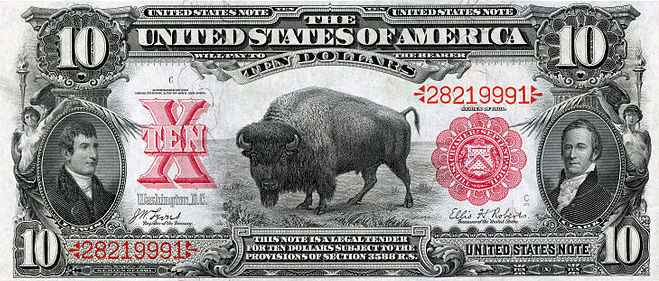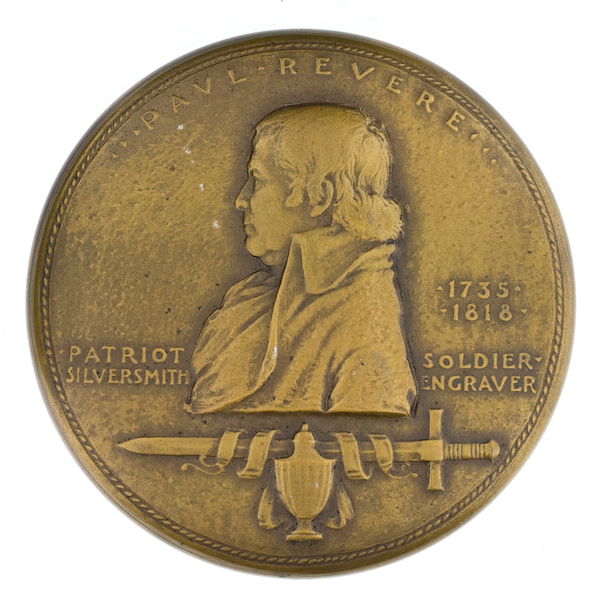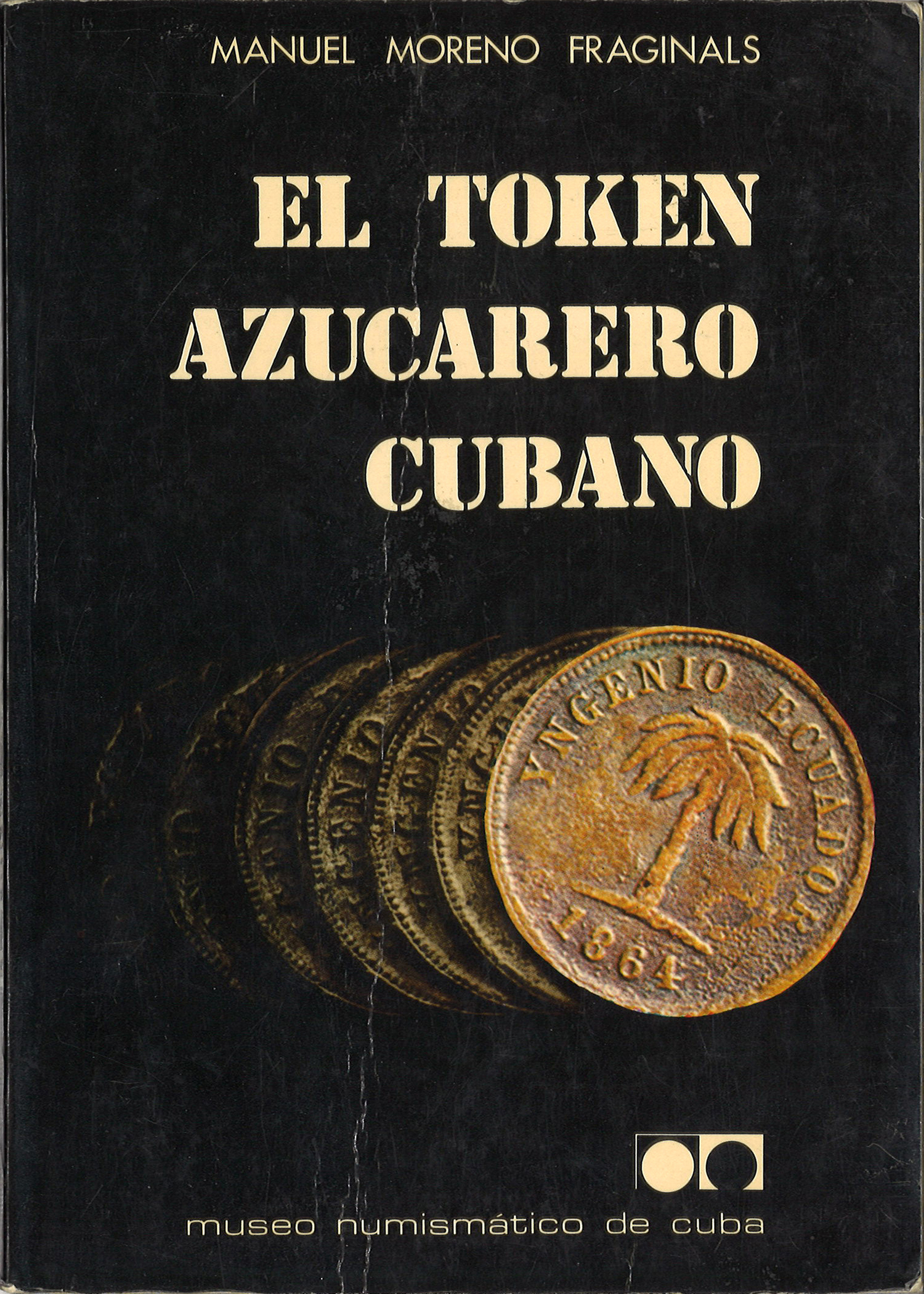#TheNew10
I will be on NPR’s All Things Considered today to discuss the announcement by Secretary of the Treasury Jacob Lew that a woman will either be joining or replacing Alexander Hamilton on a redesigned $10 bill scheduled to enter into circulation in 2020.
It will be the first major change to U.S. paper currency since the present small-size Federal Reserve Notes were introduced in 1929 (with allowances for the anti-counterfeiting alterations of the past few years). The full details are on the Treasury’s website here, and the announcement comes on the heels of a popular campaign to replace Andrew Jackson, headlined by the Women on 20s movement that I have written about before here and here.
It seems to me that there are two likely explanations for this decision and the timing of the announcement. The first is that the ten-dollar bill was already in the process of being redesigned because of a lawsuit and pressure from the American Council of the Blind and other disability advocates to make US currency more usable for people who lack the ability to distinguish between bills visually. The United States has been one of the few countries that does not differentiate its bills either by using different sizes for various denominations or by adding some tactile feature that would indicate the value of the note. The Bureau of Printing and Engraving has issued a white paper that includes a timeline for the gradual phase in of new tactile currency, with the ten-dollar bill leading the way in 2020.
The other mitigating factor is pretty clearly that the idea of putting a woman on US currency has become something of a national conversation of late. During my time at the ANS, no other subject has seemed to generate as much interest as this, and the Women on 20s campaign clearly had gained some momentum. Indeed, the fact Secretary of State Lew linked the introduction of the new bill to the 100th anniversary of the 19th Amendment explicitly echoed that campaign.

The question of course turns to exactly who the woman should be. Lew said that officials are seeking advice nationwide and introduced a hashtag #TheNew10 to solicit public feedback. The winner in the recently concluded online voting for the Women on 20s campaign was Harriet Tubman, and she would certainly deserve the honor. My own preferred candidate remains Jane Addams, the Chicago reformer who was the first woman to win the Nobel Peace Prize. But I also believe that Amelia Earhart is perhaps the best candidate insomuch as she was an apolitical figure who is something of an American hero and could thus mobilize broad support. I also think her status as a cultural icon would be beneficial moving forward because part of the problem with US currency has been its narrow focus on representing political figures. Choosing someone like Earhart would ostensibly make it possible to include other notable Americans beyond the world of politics. Actually in the context of this specific bill, Helen Keller would be the most logical choice as she embodies both of the rationales behind the $10 redesign! In any case, the choice will be made by the end of the year it will be fascinating to see how this discussion progresses over the coming months.
It was interesting to hear Lew state that Alexander Hamilton will continue to have a place on the bill in addition to the new portrait of a woman. I am not sure how this will work design-wise. They could do something like the reverse of the 1896 $2 “Educational Series” note that featured Martha and George Washington:

Or the ten-dollar Legal Tender note of 1901 with Lewis and Clark flanking a dominant central design:
Whomever the choice, it does seem past time that a woman finds a place on American paper money. And let’s not forget the boon that this new and long-overdue tactile currency will be for the visually impaired.
Update: Listen to the segment.





